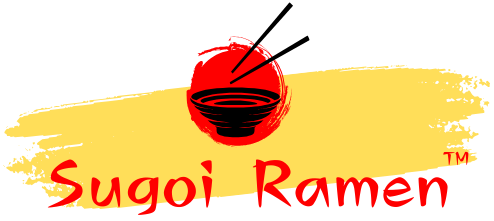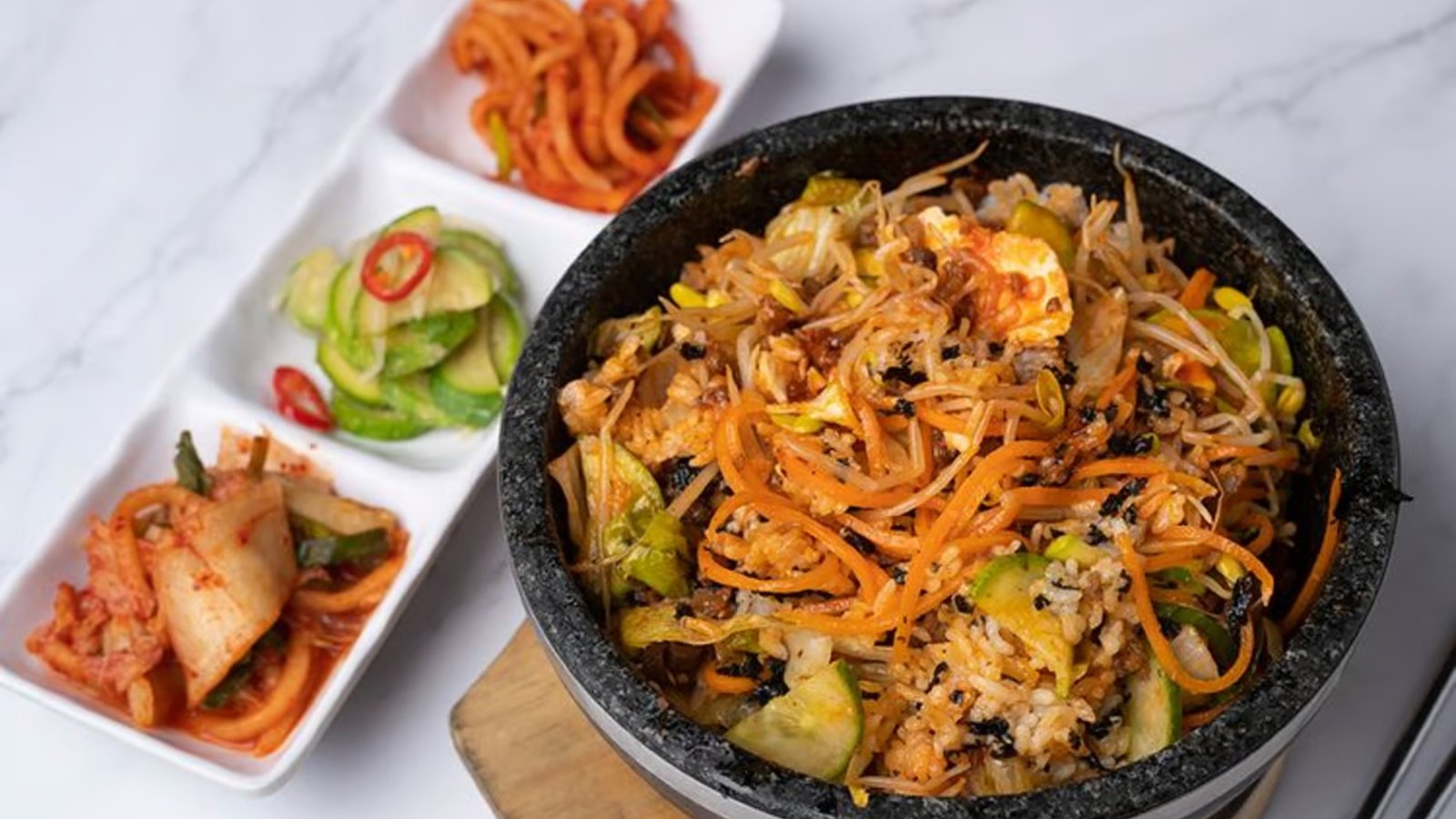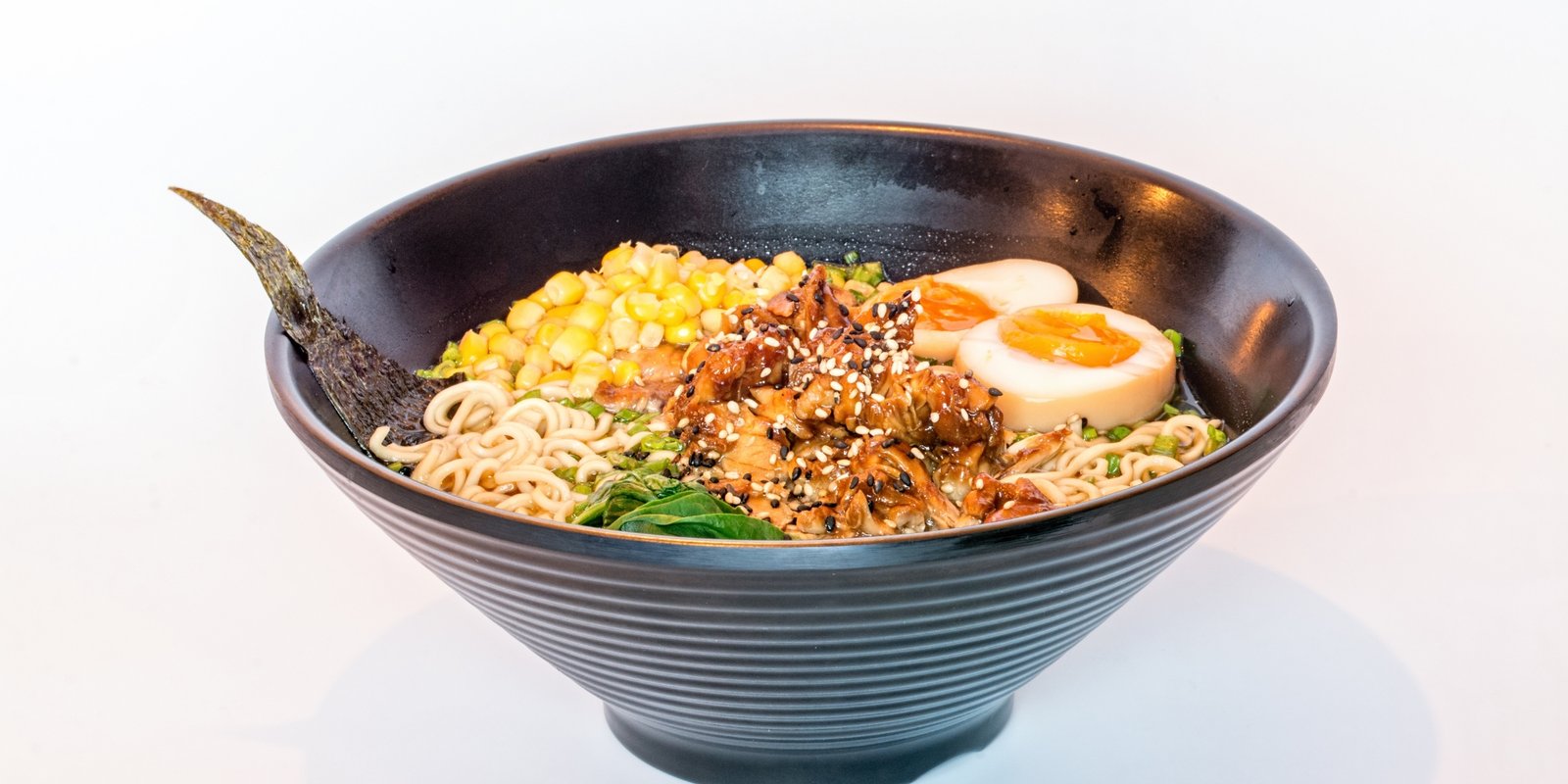Korean dramas (K-dramas) have captured the hearts of audiences worldwide with their intriguing storylines, lovable characters, and visually stunning scenes. One of the standout aspects of K-dramas is their mouthwatering portrayal of Korean cuisine. Food often takes center stage, serving as a cultural symbol, a source of comfort, or a bridge between characters. If you’re a K-drama fan, here are 6 Must-Try Dishes for K-Drama Fans that will bring the flavors of your favorite shows to life.
1. Ramyeon (Korean Instant Noodles)
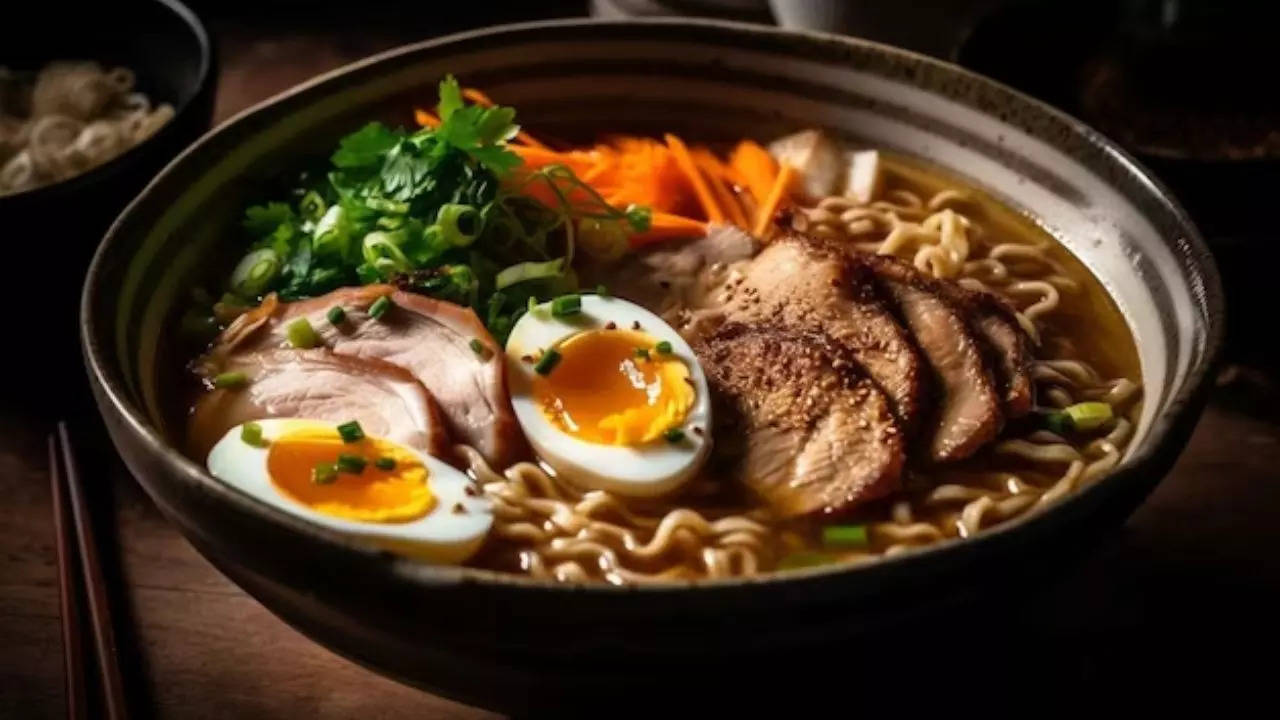
Ramyeon is the go-to comfort food in K-dramas. Whether it’s a late-night snack, a romantic moment, or a comedic scene, ramyeon plays a role in highlighting the characters’ emotions. Its spicy, flavorful broth and chewy noodles make it irresistible.
Why It’s Popular in K-Dramas:
Ramyeon symbolizes warmth, connection, and simplicity. Sharing a bowl of ramyeon often represents intimacy and care.
Notable Mentions in K-Dramas:
- Crash Landing on You
- My Love from the Star
2. Tteokbokki (Spicy Rice Cakes)

Tteokbokki is a beloved Korean street food frequently featured in K-dramas. The dish combines chewy rice cakes with a sweet and spicy chili sauce, making it a perfect snack during casual outings or heartfelt moments.
Why You Should Try It:
Its bold flavors and comforting texture make it a must-try dish for spice lovers.
Seen In:
- Itaewon Class
- Start-Up
3. Kimchi (Fermented Vegetables)
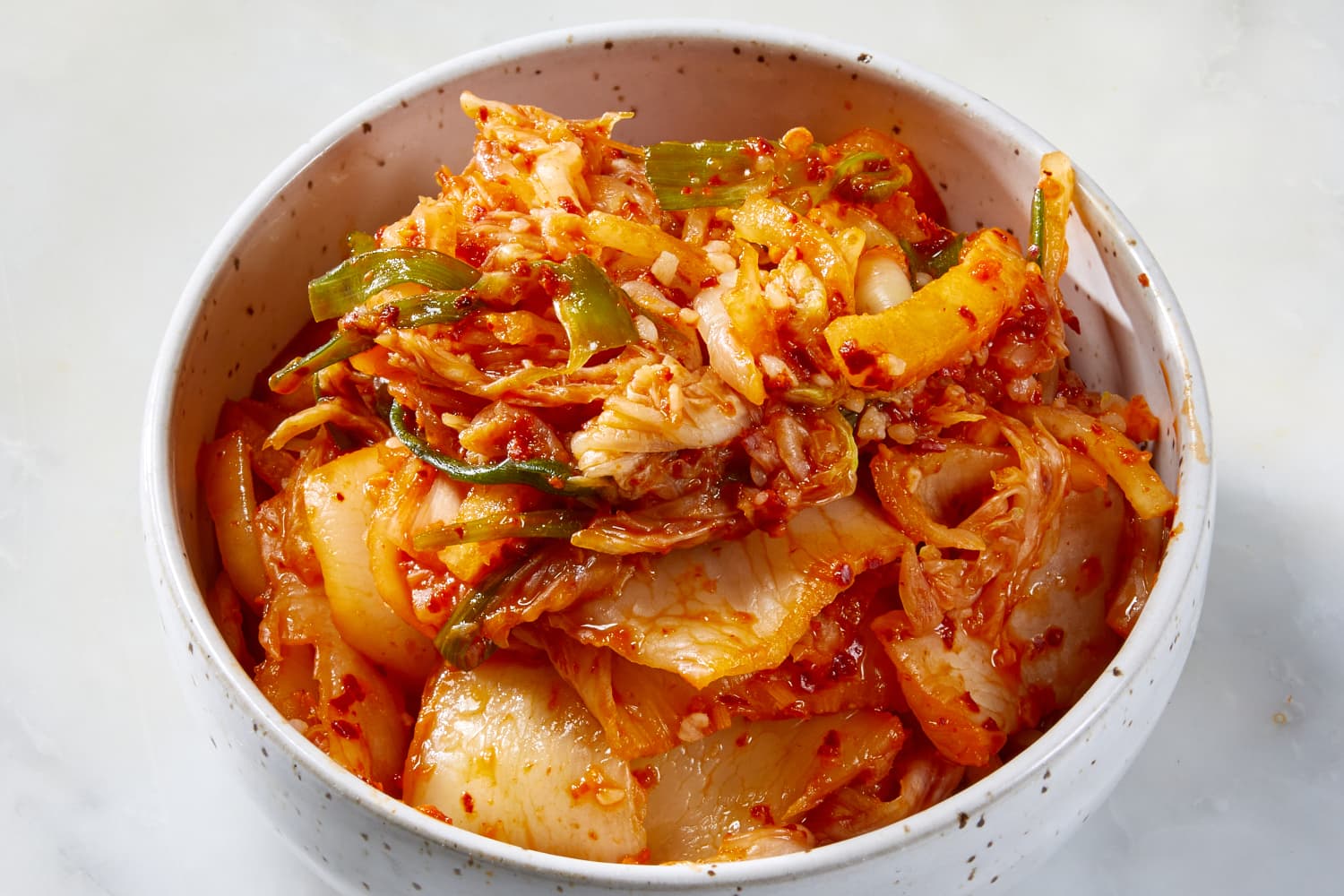
Kimchi is the cornerstone of Korean cuisine and a regular feature in K-dramas. This tangy and spicy fermented dish, made from napa cabbage or radishes, complements every meal and adds a burst of flavor.
Why It’s Special:
Kimchi not only enhances dishes but also embodies Korean culinary traditions and culture.
Featured In:
- Weightlifting Fairy Kim Bok-joo
- Let’s Eat
4. Samgyeopsal (Grilled Pork Belly)
Samgyeopsal, or Korean BBQ, is a social food experience frequently showcased in K-dramas. Characters often gather around a grill, cooking slices of pork belly and wrapping them in lettuce with garlic, ssamjang, and kimchi.
Why You Should Try It:
It’s interactive, fun, and filled with smoky, savory flavors that are hard to resist.
Iconic Scenes:
- Reply 1988
- Hospital Playlist
5. Bibimbap (Mixed Rice Bowl)
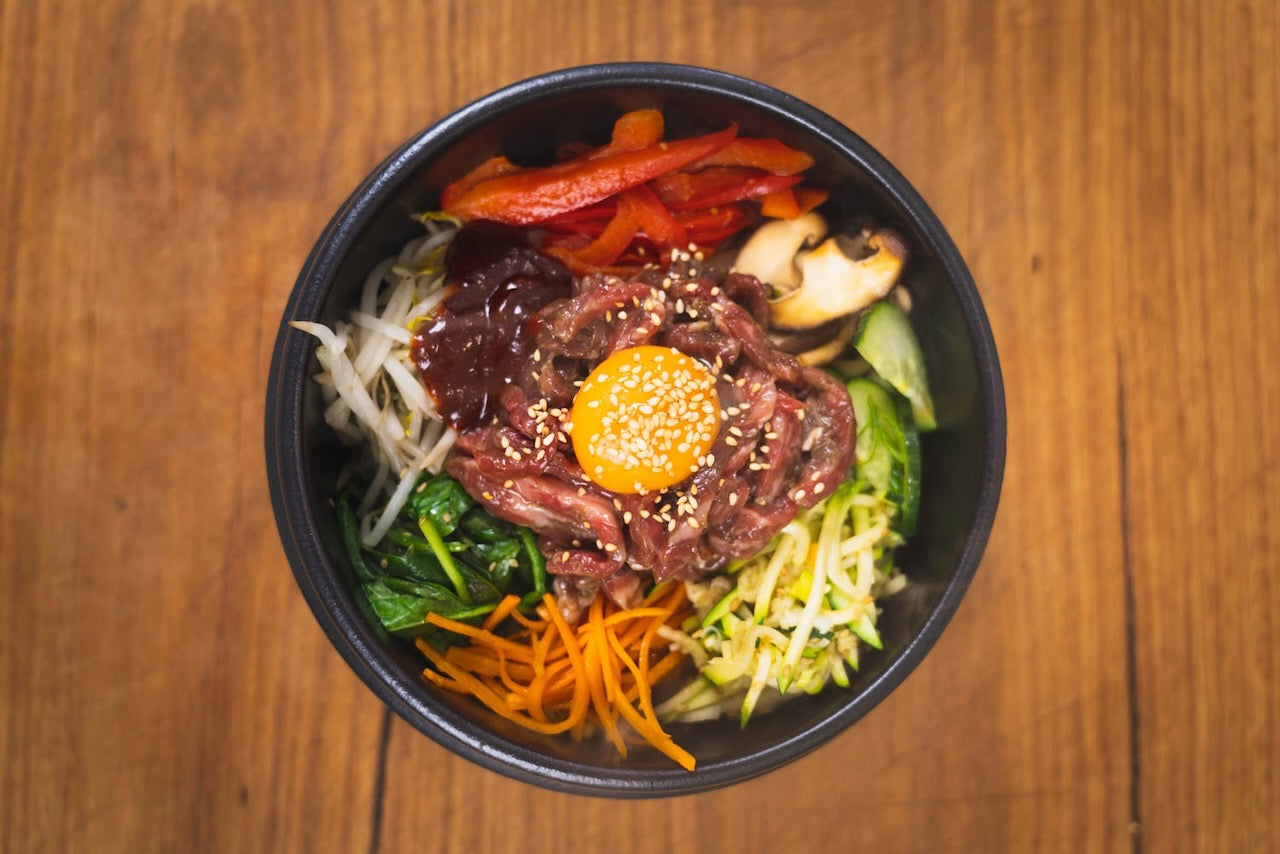
Bibimbap is a vibrant and healthy dish that combines rice, sautéed vegetables, meat, and a fried egg, all mixed with gochujang (spicy chili paste). It’s often portrayed in K-dramas as a hearty comfort food.
Why It’s Loved:
Its balance of flavors and textures makes it a wholesome and satisfying meal.
Featured In:
- Let’s Eat
- Stairway to Heaven
6. Jjajangmyeon (Black Bean Noodles)

Jjajangmyeon is a rich and savory noodle dish coated in a black bean sauce. This iconic comfort food often appears in casual dining scenes or as takeout in K-dramas, adding a relatable touch to the stories.
Why It’s a Fan Favorite:
The earthy, umami flavors of the black bean sauce make it a delicious and filling option.
Where You’ve Seen It:
- She Was Pretty
- What’s Wrong with Secretary Kim
Read Also : 10 Korean Foods That Are Now Available in India
Sugoi Ramen Franchise Profits: 5 Secrets to Maximizing Your ROI
Conclusion
These 6 dishes are not just culinary delights—they’re integral to the emotional and cultural tapestry of K-dramas. By trying them, you’ll not only enjoy amazing flavors but also feel a deeper connection to the world of Korean dramas. So, why wait? Grab a bowl of ramyeon or a plate of tteokbokki and let the magic of K-dramas come alive in your kitchen!
FAQ’s
Q1. Why are these dishes significant for K-drama fans?
These dishes are often featured in K-dramas, symbolizing relationships, cultural traditions, and moments of connection. Trying them allows fans to experience a slice of Korean culture.
Q2. Where can I find these dishes in India?
Many Korean restaurants and specialty stores across major cities like Delhi, Mumbai, and Bangalore offer these iconic dishes. Instant options like ramyeon and kimchi are also widely available in supermarkets.
Q3. Are these dishes spicy?
Some dishes, like tteokbokki and ramyeon, are known for their bold spice levels, but others like bibimbap and jjajangmyeon have more balanced flavors.
Q4. Can I make these dishes at home?
Yes! Many of these dishes, like ramyeon, bibimbap, and jjajangmyeon, can be made at home using easily accessible Korean ingredients.
Q5. Are there vegetarian options among these dishes?
Absolutely. Vegetarian versions of dishes like bibimbap and kimchi are widely available, and you can customize many Korean dishes to suit vegetarian preferences.
